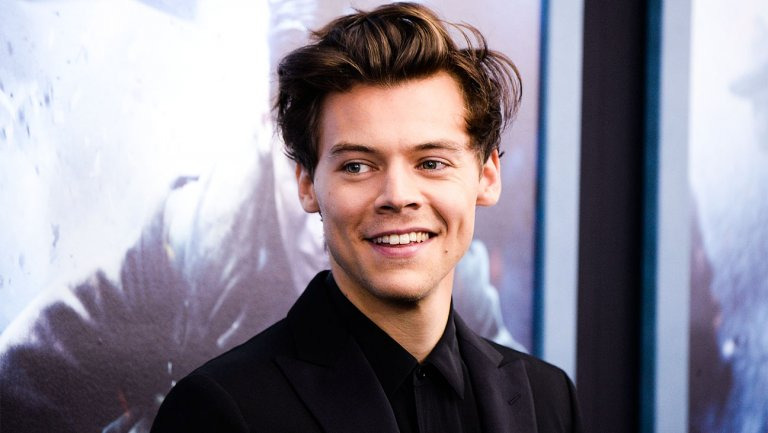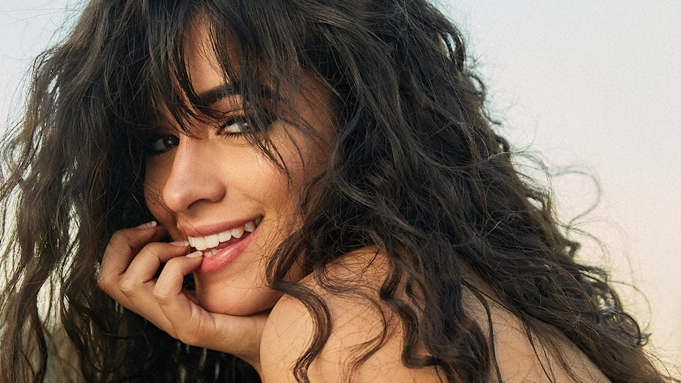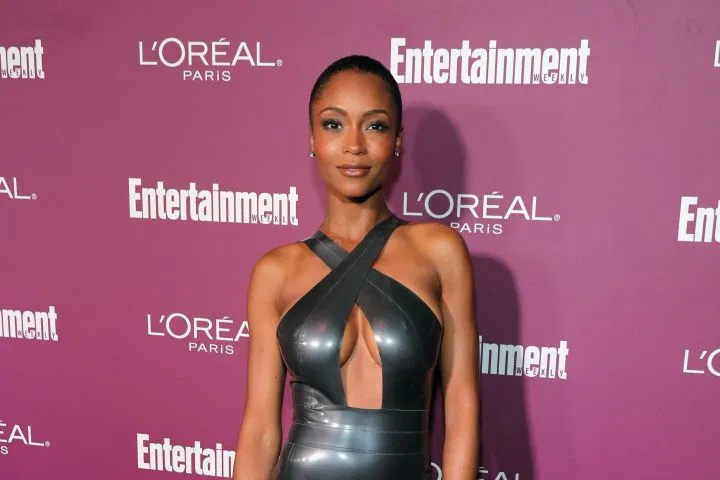Reality TV: History and Facts
- G.

- Jul 30, 2020
- 5 min read
What is Reality TV?
When we talk about Reality Television, we mostly think about the TV format that started emerging between the end of the 20th and the beginning of the 21st century, with shows such as The Big Brother or Survivor. However, reality shows might have deeper roots and an older history than what we are used to believing.

One of the reasons why it's really hard to establish exactly when and how reality TV started, is because we can hardly define the format. As the name suggests, the core of this TV genre should be reality, but we all know very well that this is not necessarily always true. Some reality shows are extremely far from what we perceive as real, promoting unrealistic and often unhealthy standards that have caused this format to always be the object of critics and attacks.
This is one of the main reasons why some producers like Mark Burnett prefer referring to the genre as “unscripted drama” rather than “reality TV”, to better describe the staged drama specifically designed to entertain and shock the audiences.
Categories Within the Genre
Reality TV has covered everything from historical events to current social issues, from cooking to lifestyle tips, from work environments to marriage, birth, divorce, friendship and so much more.
When we refer to reality shows, we are actually talking about many different categories that have evolved throughout the years.
One of the most popular styles is the typical dating-based reality that started way back in the day in 1965 with The Dating Game and that gave us some of the current most loved shows such as The Bachelor, Flavor of Love, Temptation Island, 90 Day Fiancè; and the most recent Too Hot to Handle, Dating Around and Love is Blind (you can read more about this last three Netflix shows here).

Another very popular style is the talent-based reality that ranges thematically from Survivor - one of the very first contest-style shows - to Project Runway, Top Chef, Skin Wars, America’s Next Top Model as well as The X Factor and American Idol, the shows that not only became two of the most popular reality TV shows but also deeply changed American television forever.

Documentary-style realities are also very popular and they usually follow the private and/or work life of professionals in a certain industry. A few examples are Sun Set Tan, Emergency Vet, Miami Ink, LA Ink, London Ink, NY Ink, and Selling Sunset (you can read more about this last show here).
The Power of Reality Shows
Along with all the criticism, reality shows have also been praised for giving a voice and a platform to ordinary people, raising awareness on social issues and creating something that the audiences would feel closer to their own experience.
Reality TV has also been the starting point of many brilliant careers in the music, fashion, and entertainment industry. Here just a few examples:
Kat Von D - as one of the most famous tattoo artists in the world, Kat Von D was on the first season of Miami Ink, which led to her spin-off of the show, LA Ink.
Harry Styles - in 2010, he auditioned on The X Factor UK and came out of the show as one of the members of One Direction, which would become one of the best selling boy-bands of music history. After the permanent split of One Direction, Styles debuted as a solo artist in 2017.
Camila Cabello - at 15, Camila auditioned to The X Factor USA and gained her success as a member of the group Fifth Harmony, formed in 2012 during the show. While still in the group, the Cuban-American singer started building her solo career through collaborations with artists such as Shawn Mandes and Machine Gun Kelly. Camila eventually left the group in 2016 and established herself as a solo artist with her debut single Crying in the Club and her first solo album Camila in 2018.
Kelly Clarkson - she’s the best example of how reality shows have the potential to change someone’s life. As the winner of the first season of American Idol in 2002, Kelly Clarkson is probably one of the reasons why the show became so successful.
Yaya DaCosta - after participating in the third cycle of America’s Next Top Model, Yaya DaCosta started her career as a model and actress, appearing on the covers of some of the most popular magazines, as well as taking part in soap operas and smaller film productions.
Christian Siriano - as a member of CFDA (Council of Fashion Designers of America) and one of the most successful fashion designers, with clients such as Angelina Jolie, Sarah Jessica Parker, Gwyneth Paltrow, Jennifer Lopez, Lady Gaga, and Rihanna - just to name a few - Siriano rose to fame after winning the fourth season of the reality TV show Project Runway.
The First-Ever Reality Show: An American Family

As we mentioned before, it's common to think that the first examples of reality shows were those new programs that started to take over television schedules and streaming platforms in the early 2000s. However, not everyone knows that the origin of this TV format has to be tracked back in the 70s. Many believe that reality TV was created in 1973 by Craig Gilbert with the production of An American Family. Although the show doesn't necessarily fit in line with the current vision of reality TV, it’s believed to have set the stage for the reality TV phenomenon.
The twelve-hour documentary series that aired on PBS, was the first-ever realistic portrait of the “typical” American family, far from the inaccessible and impossible standard created by the perfect sitcom families. In a time of deep change in the American society such as the 70s, characterized by the growing feminist movement and the generational gap between a conservative older generation and a new generation that was starting to reflect on gender roles and technological evolution, Gilbert created the perfect formula: the portrait of a real family that offered an escape from the social excitement, but at the same time presented a powerful critique and helped the average family navigating the social shift.
Conclusion
We have come a long way since that first reality show in 1973, whilst some tenants of the genre remain. With a multitude of streaming platforms and increased globalization, there are a plethora of reality shows out there. One of the most recent ones, Indian Matchmaking, is not even on traditional TV, but on Netflix. Additionally, it shows another face of America, as well as of India. The real star of the show, Simi Aunty, an Indian matchmaker from Mumbai, traverses two countries in an attempt to match make Indian individuals. Far from your typical dating show as it shows a completely different culture within America that has not had as much media representation in this genre, yet with many similarities as it still reflects society, and allows the audience to connect to these very real people. From its humble beginnings, reality TV has diversified, become more accessible and more reflective of our world today.

















Comments